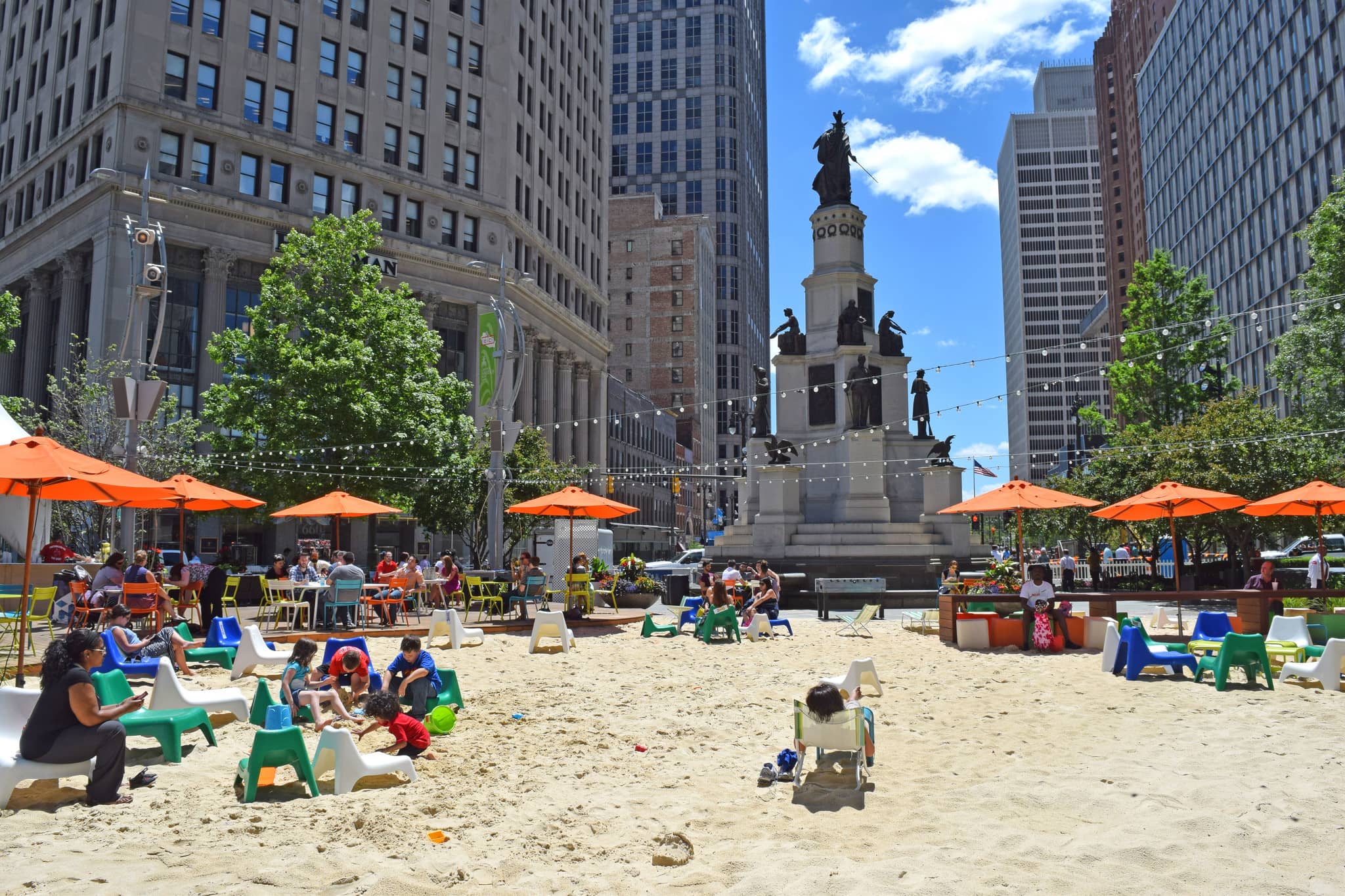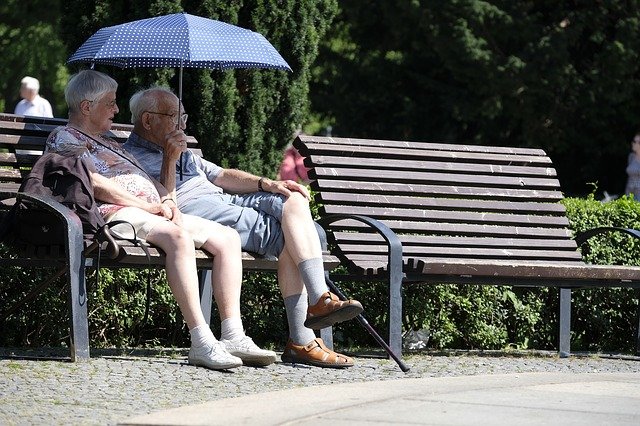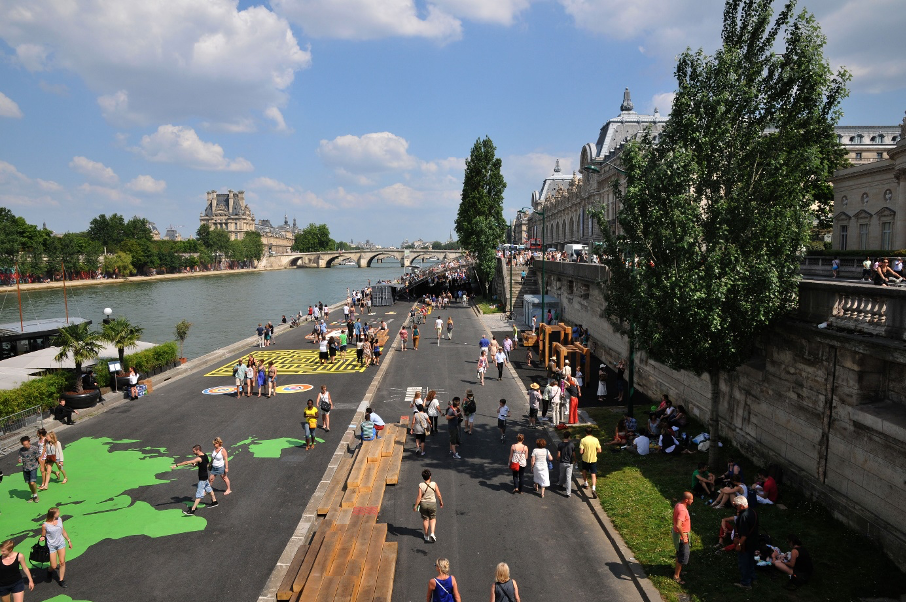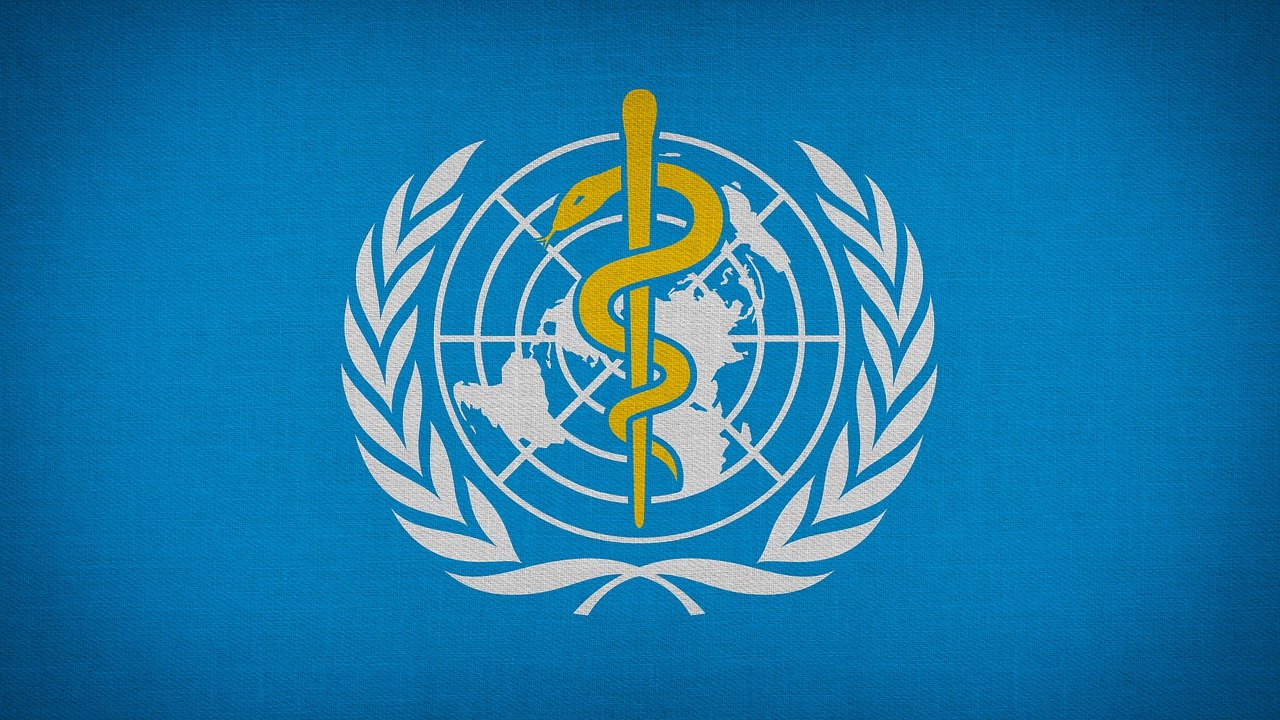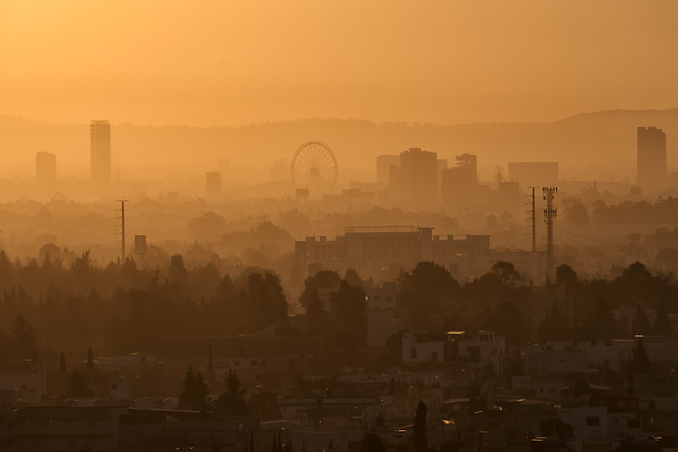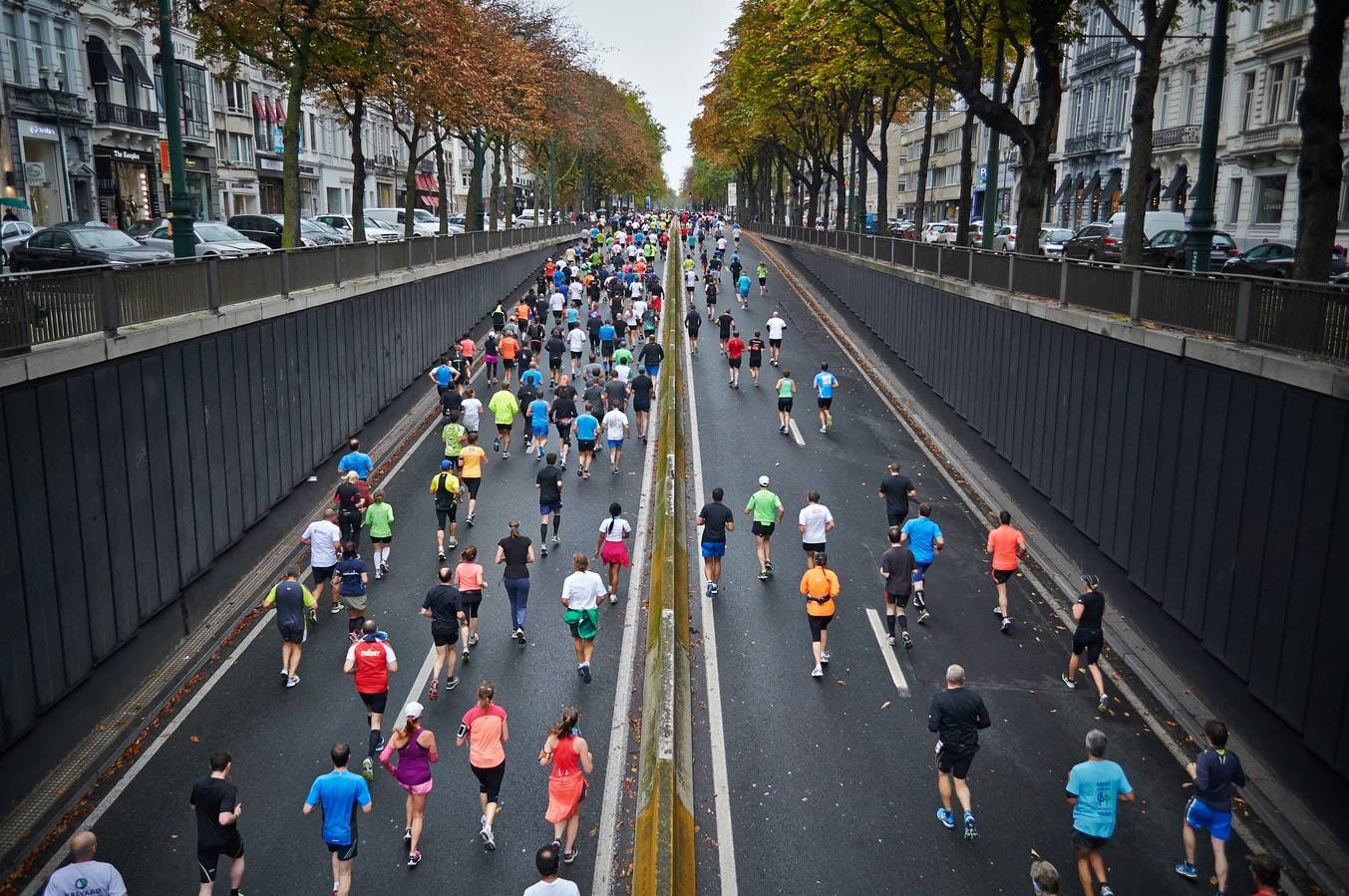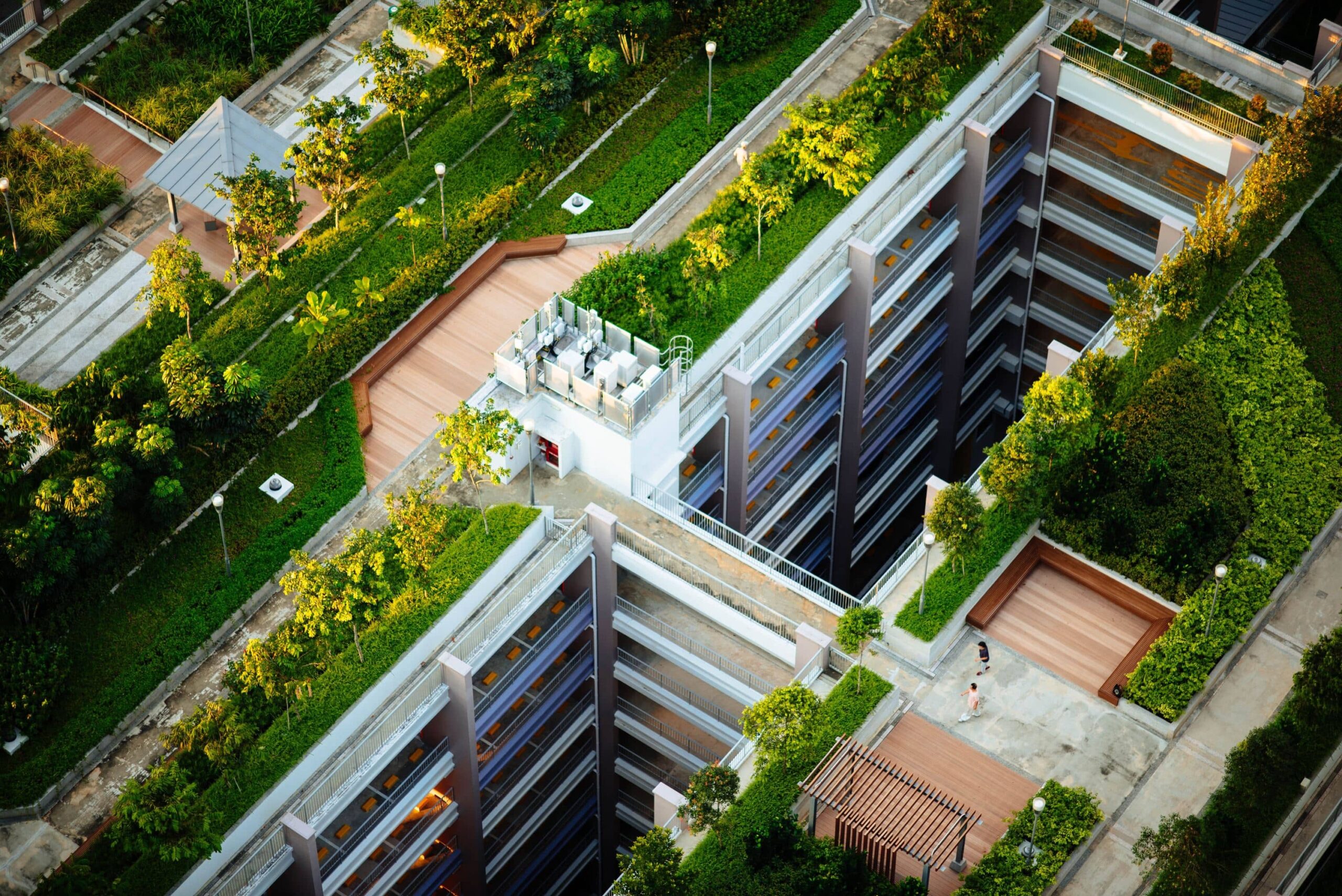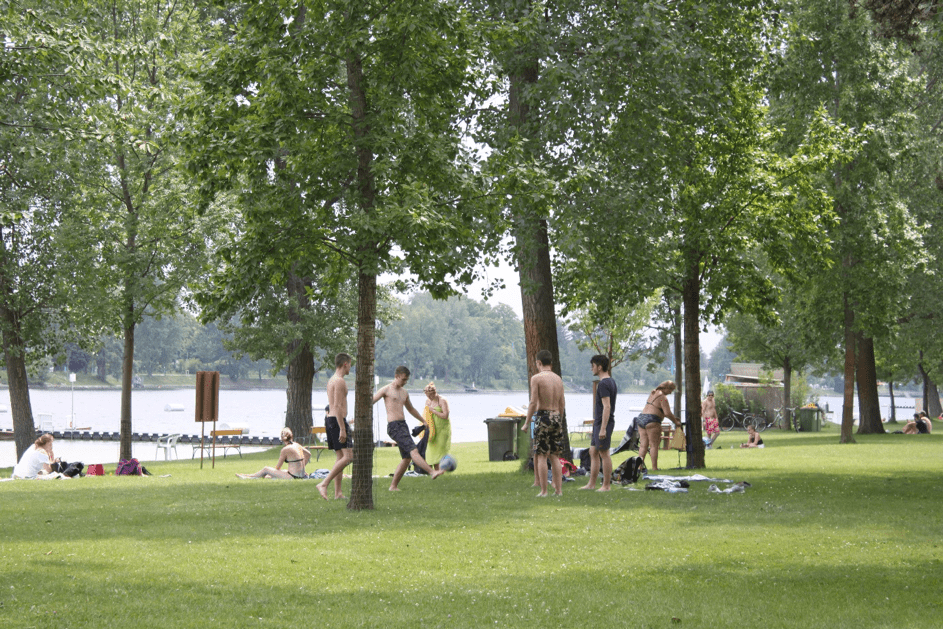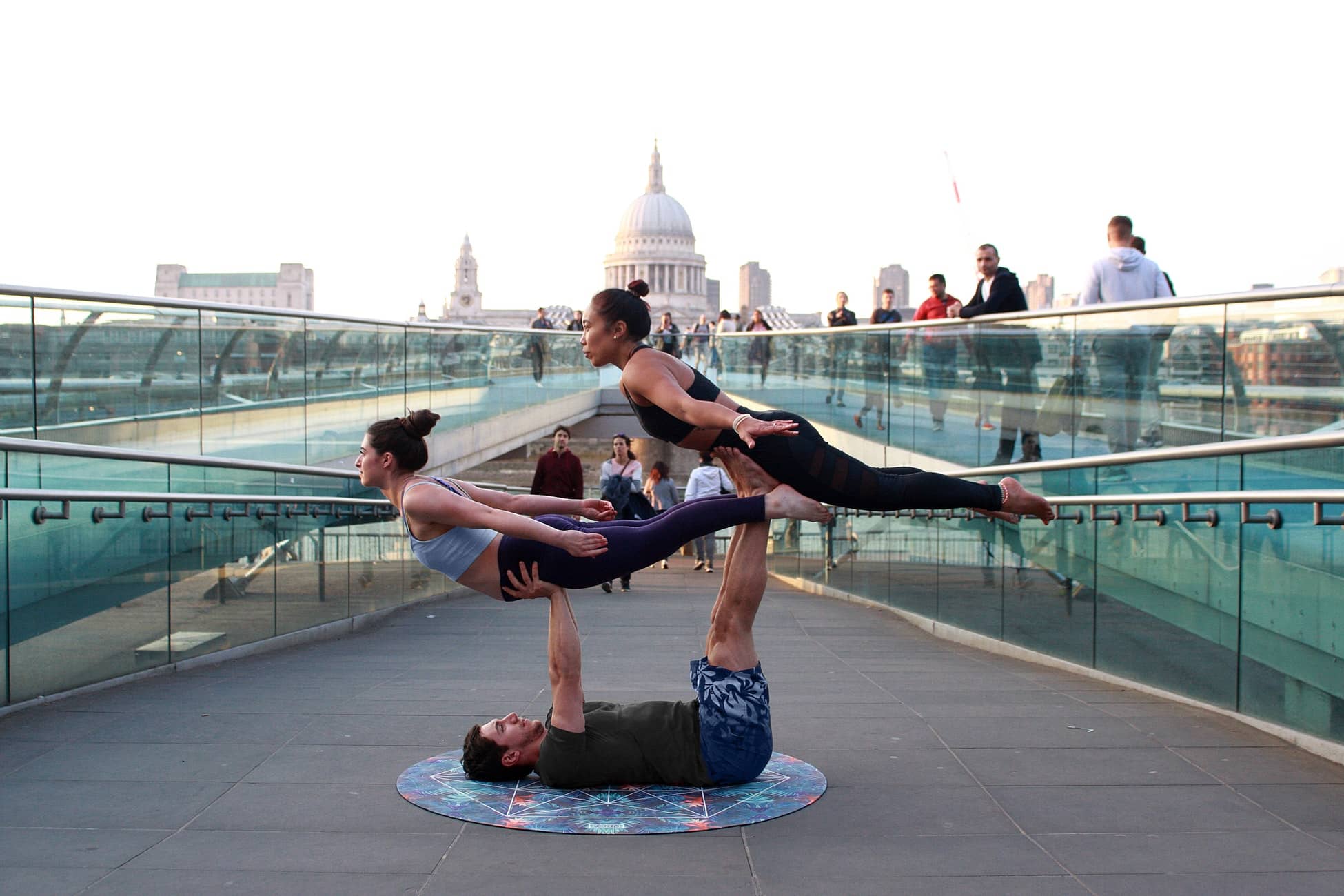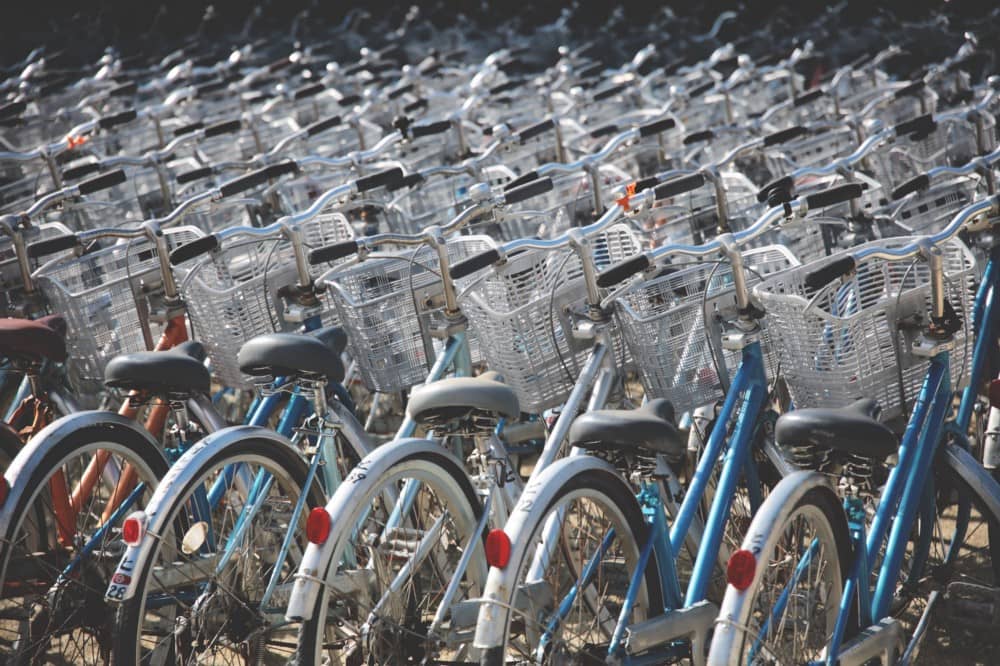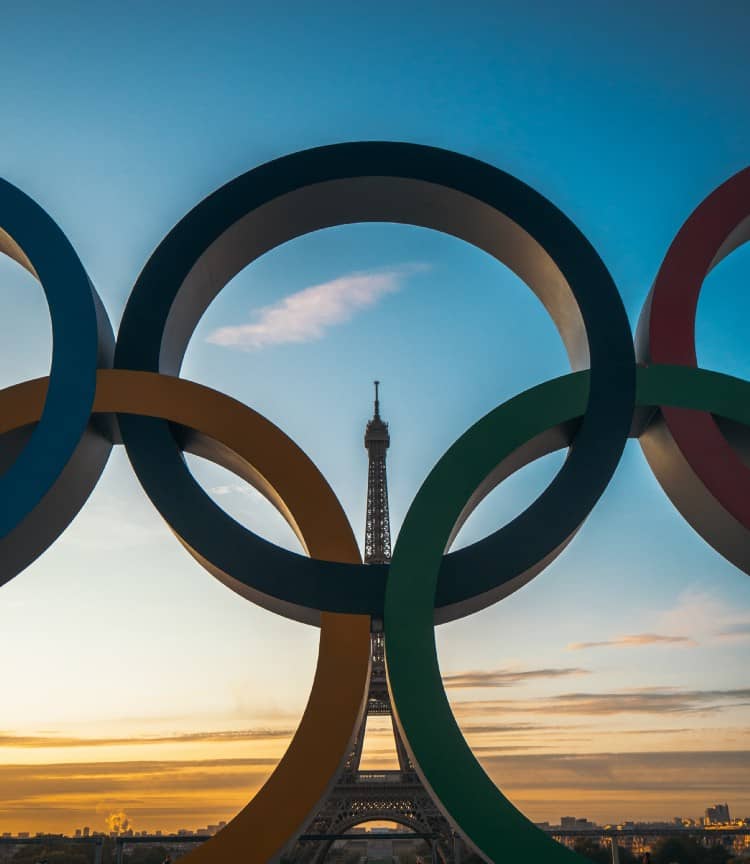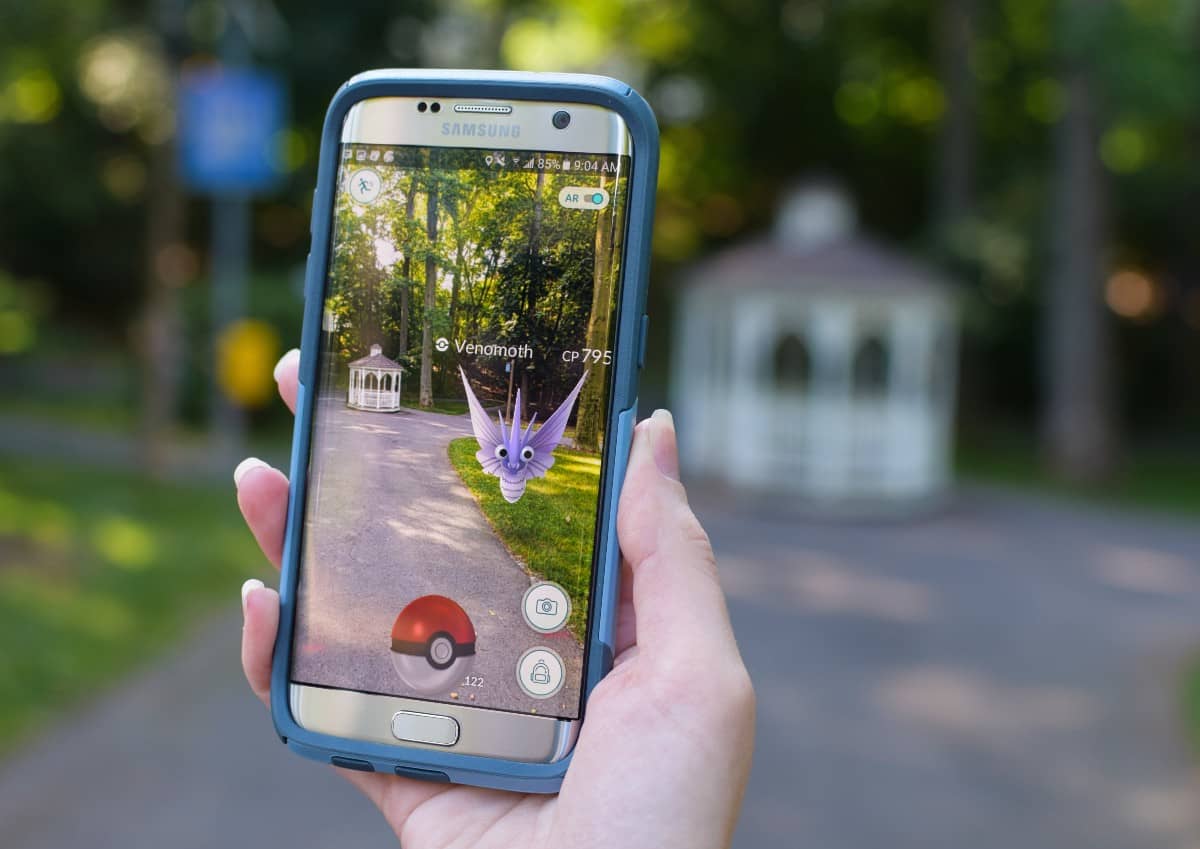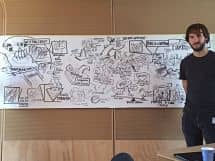

Sport and public spaces: a winning duo?
Has sports in cities become a new urban policy issue in the wake of the coronavirus crisis? Sports facilities have been hit hard by measures aimed at breaking chains of contamination, with prolonged closures and heavy health protocols to be applied after they gradually reopened over the summer. The number of licensees is now falling sharply: 80% of French federations currently have financial difficulties, says Denis Masseglia, head of the French National Olympic and Sports Committee. Yet, the lockdown has made it possible, beyond specialist circles, to raise awareness of the public health challenge raised by sedentary lifestyles. The deleterious effects of the very strict lockdown of Spanish children, forbidden to leave their homes between March and April 2020, have been highlighted by many doctors, such as psychologist Alejandra Raventos : “the big risk is that boredom turns into complete apathy,” particularly due to lack of physical activity. The benefits of physical activity for physical and mental health and for well-being in general are now well-documented: practiced both occasionally and regularly, it helps reduce the risk of developing pathologies like cancer, cardiovascular diseases, diabetes, or obesity and has beneficial effects on mental health, cognition, and the ability to cope with stress.
Given the health situation, should we expect a worsening of pathologies linked to sedentary lifestyles? The risk is certainly significant, but cities are not helpless when it comes to dealing with this public health issue. The experience of lockdown, as well as the fact that those practicing a sport are not required to wear face masks in public spaces, show that there are effective alternatives to indoor activities. The practice of sports has not disappeared, it has only evolved: the underlying trend, which predates the epidemic, towards free, self-organized, outdoor sports has been reinforced by health measures. The mundane public space, once emptied of its usual traffic, has revealed to the majority what children and fans of parkour or skateboard already knew: it allows for a sports practice that is both free and easily accessible.
Faced with the craze for this type of physical activity and the need to encourage it, cities must rethink the development and management of their public spaces to limit unavoidable conflicts around its use. Public space is a complex space that guarantees, on the one hand, the uses essential to urban life (mobility, accessibility, encounters, etc.) and, on the other hand, embodies a certain vision of urbanity and community life. It is therefore a space that supports norms and values that sporting practices, by creating new spatialities, will come to disrupt. However, this new form of practice is inherently multifaceted and spontaneous and difficult to manage: the challenge for cities lies less in the rigid programming of practices than in supporting them with solutions adapted to each territory.
The practice of physical activity in the public space can thus be fully considered as a new object of urban policy. The recognition of its favorable impact on public health, social inclusion and territorial attractiveness must lead to the adoption of a new paradigm for the development of public space, since ambition cannot be reduced to tolerating a few joggers or children playing soccer. It must be translated into new ways of proceeding: New York City has thus managed to move from theory to practice by enacting, at the initiative of mayor Michael Bloomberg and thanks to the joint work of its various departments (Department of Design and Construction, Department of Health and Mental Hygiene, Department of Transportation, Department of City Planning), local associations and professionals, an active design guide whose principles must be respected by any urban project financed by the city. This paradigm shift is far from anecdotal: it attests to the recognition of environmental health, i.e., both the recognition of the existence of environmental risk factors and the ability, through the planning of urban space, to act favorably upon health.
→ Related : our joint publication with the Amsterdam Institute for Advanced Metropolitan Solutions about the future of public spaces.
No time to read? La Fabrique de la Cité has got you covered. Check our newsletter #45.
To be informed of our upcoming publications, please subscribe to our newsletter and follow our Twitter and LinkedIn accounts.
These other publications may also be of interest to you:
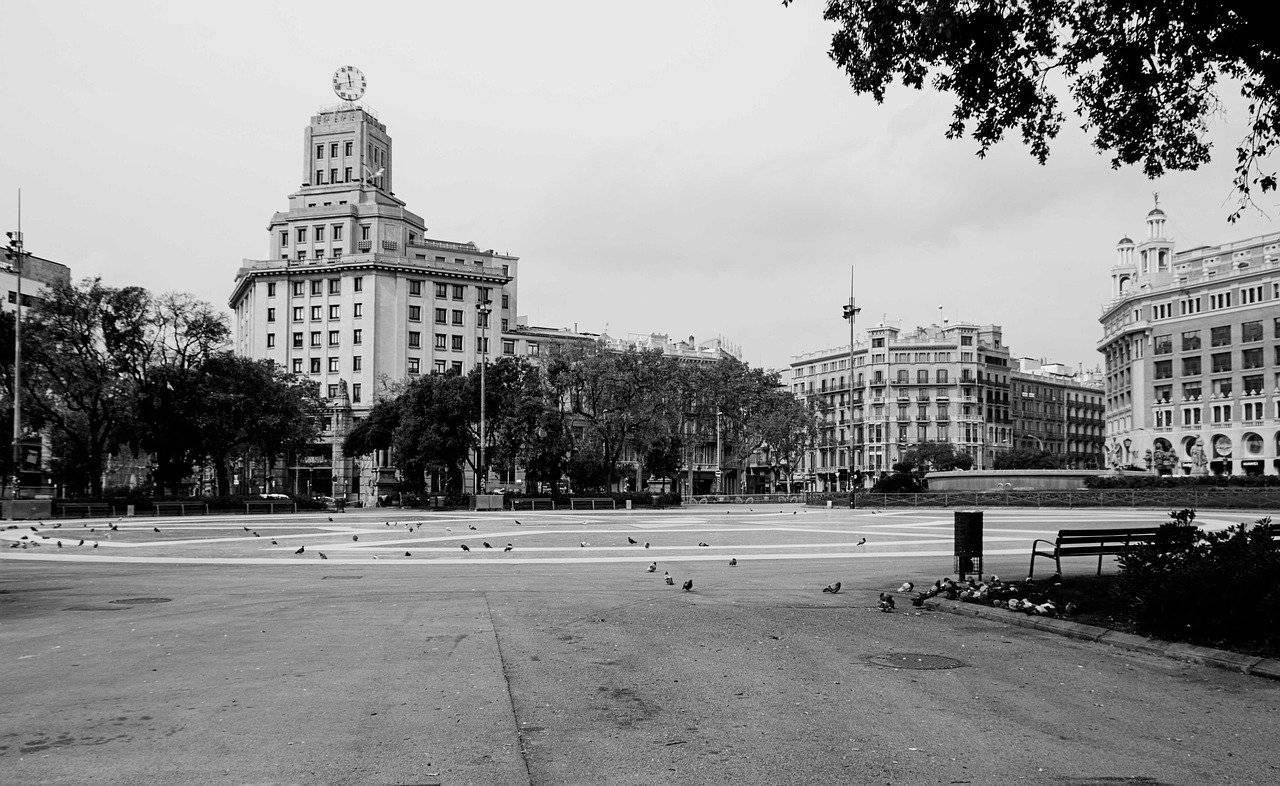
180° Turn
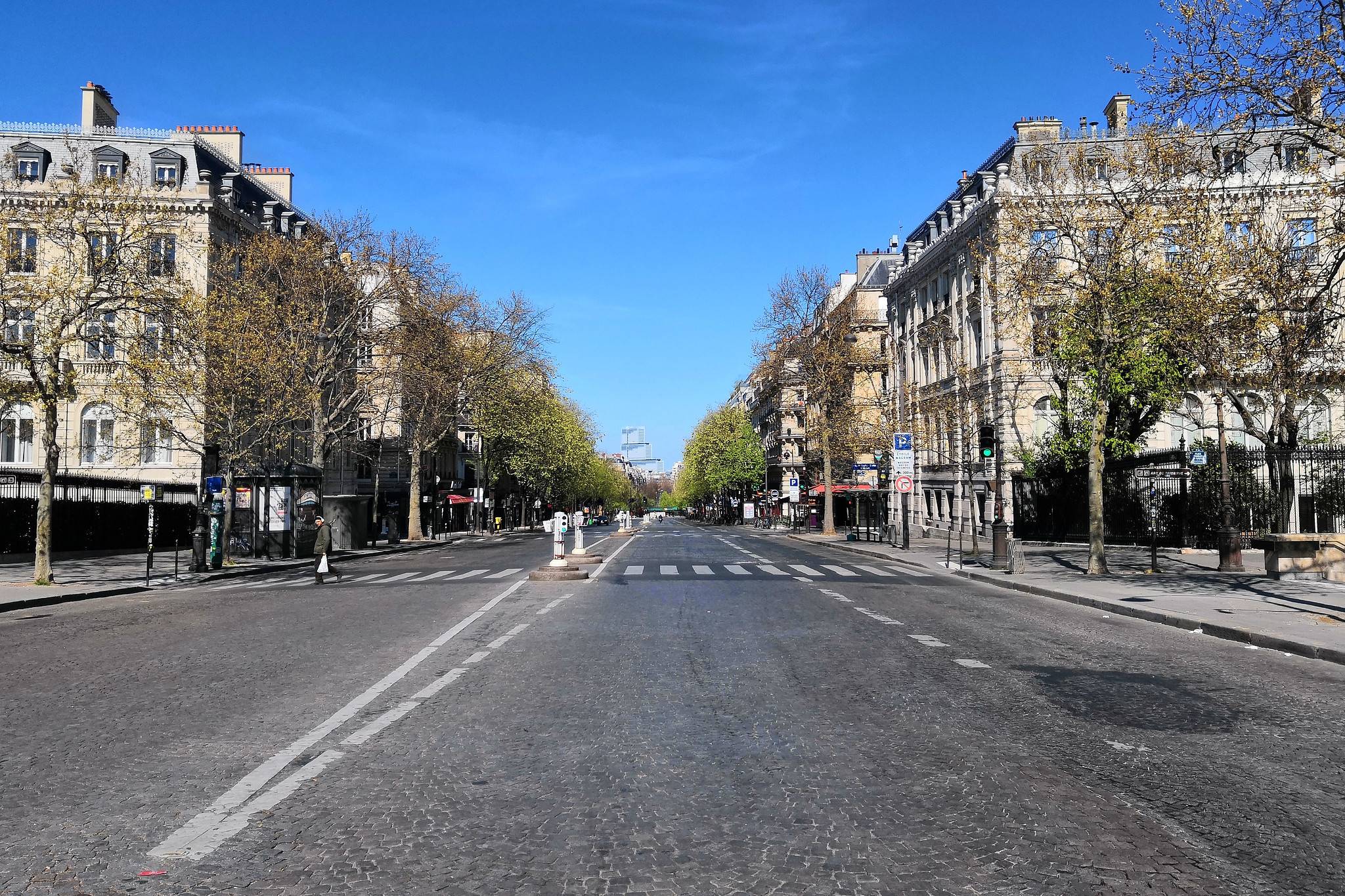
A street named desire
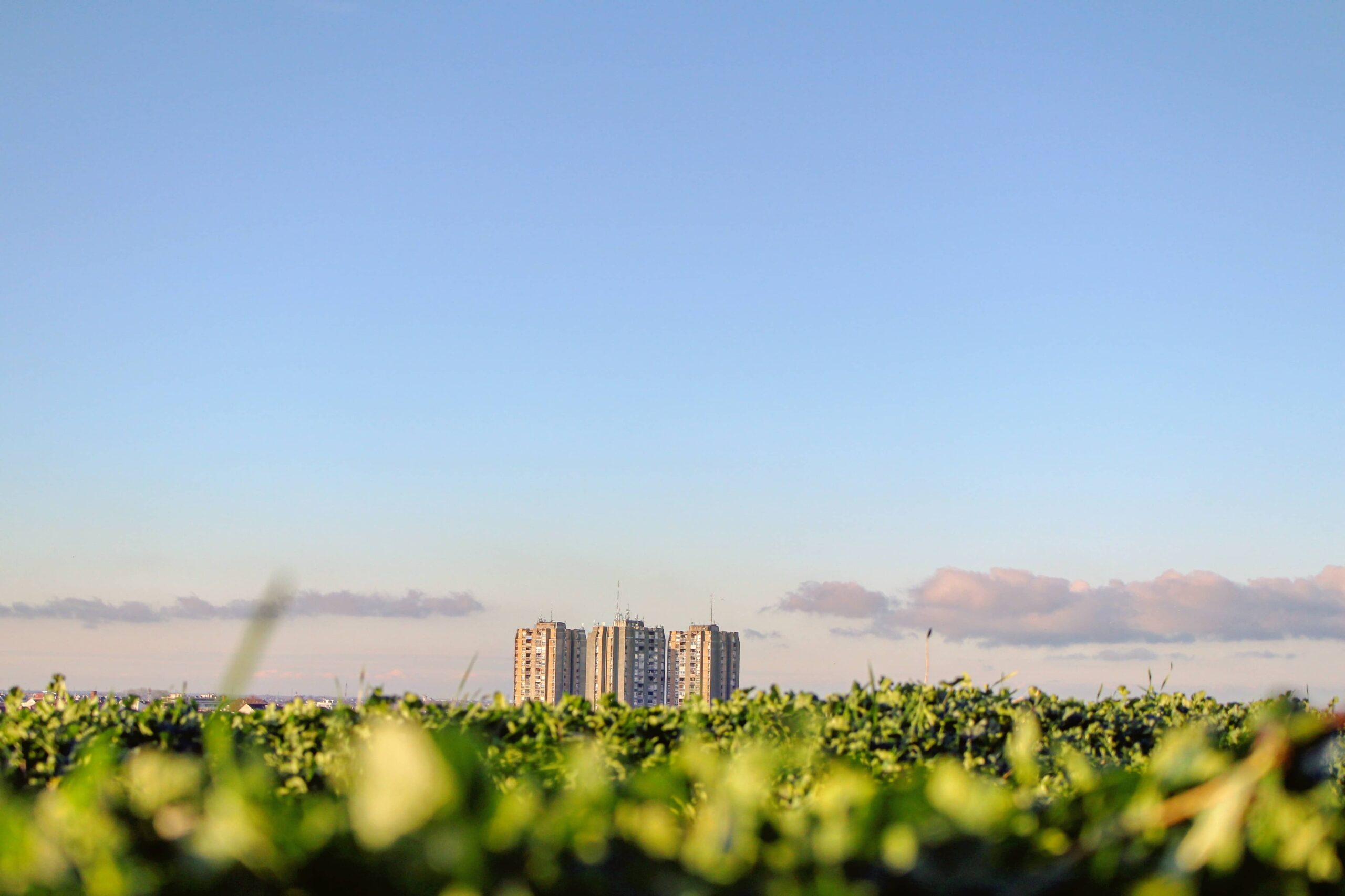
Zoé Vaillant: health inequalities are rooted in local areas
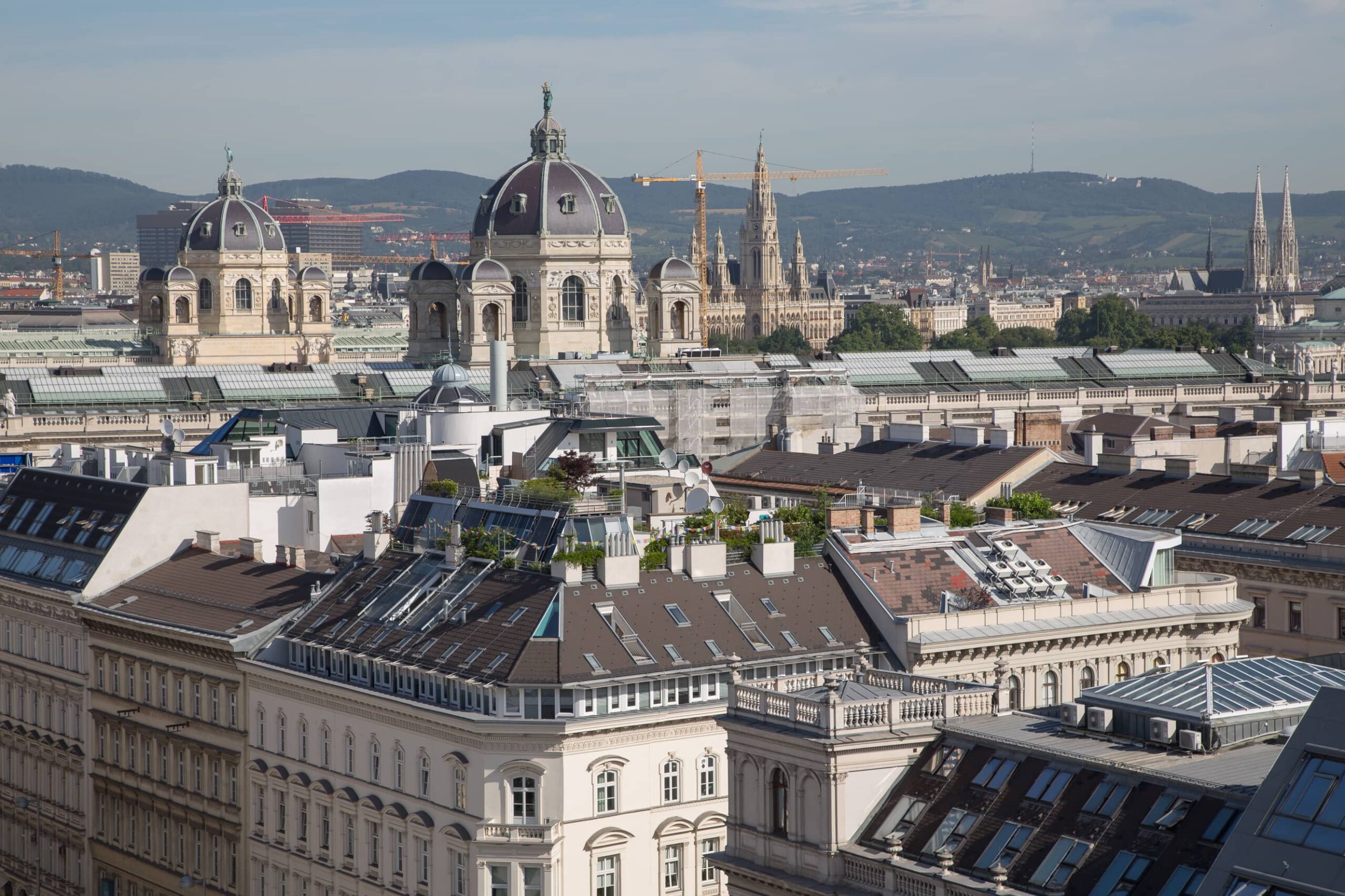
Vienna

Hausmann and us

Breathless Metropolises
La Fabrique de la Cité
La Fabrique de la Cité is a think tank dedicated to urban foresight, created by the VINCI group, its sponsor, in 2010. La Fabrique de la Cité acts as a forum where urban stakeholders, whether French or international, collaborate to bring forth new ways of building and rebuilding cities.















